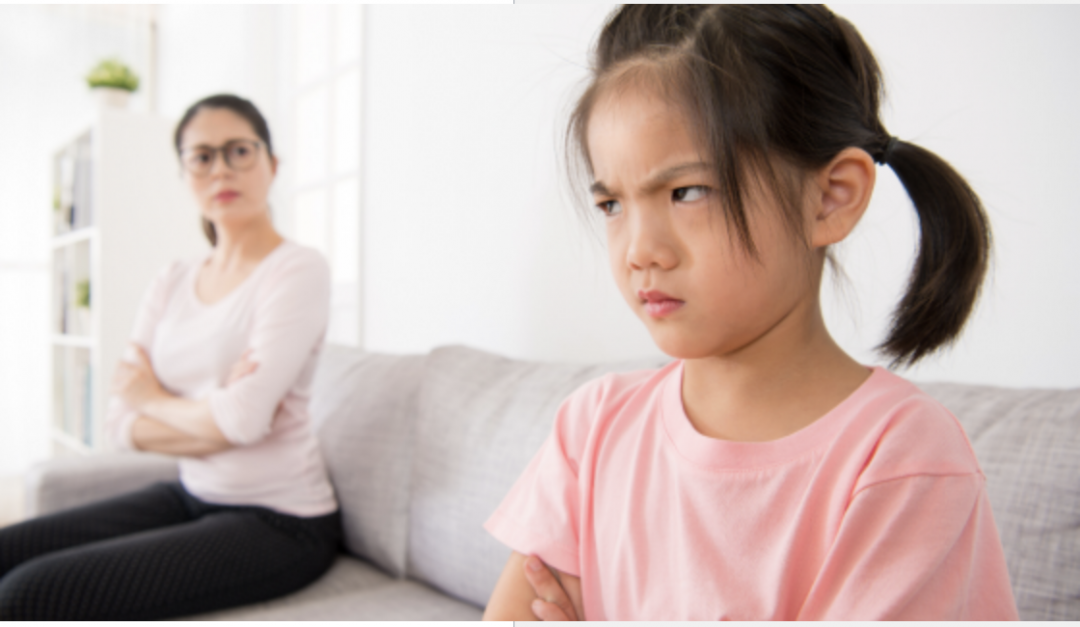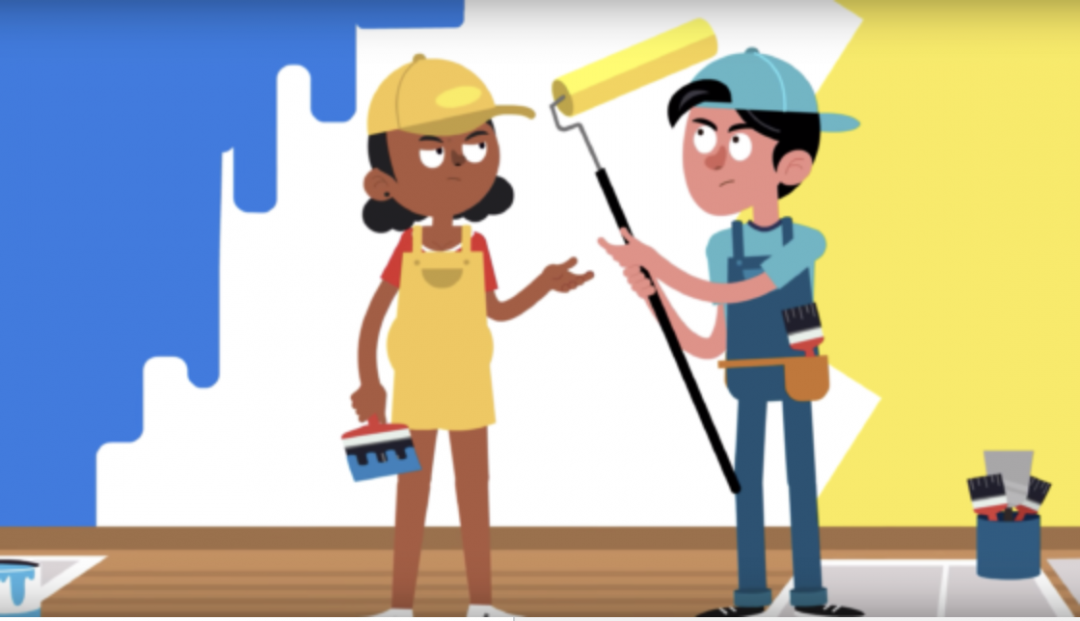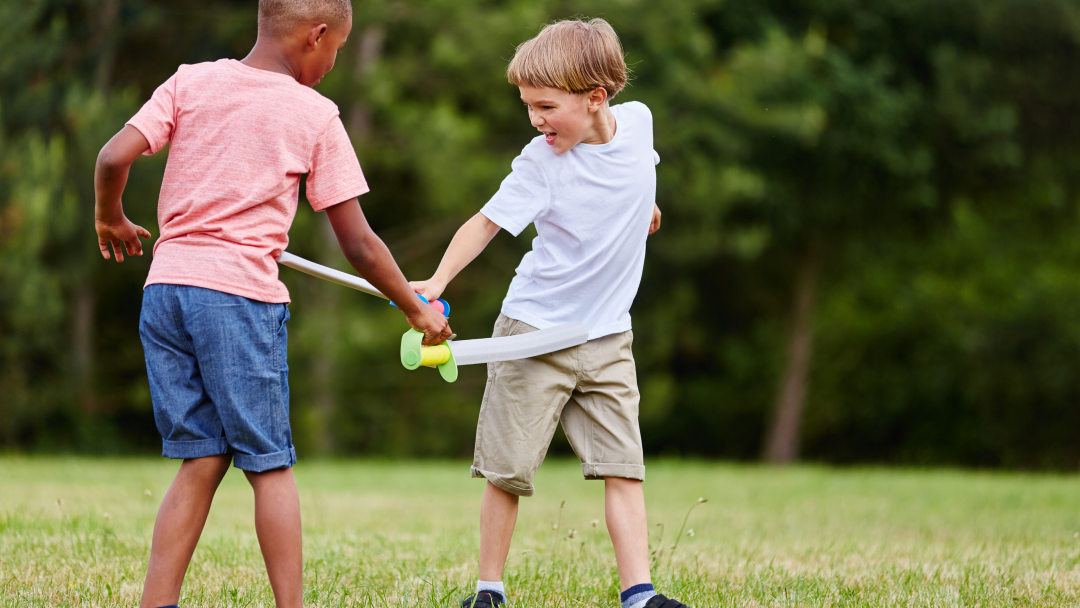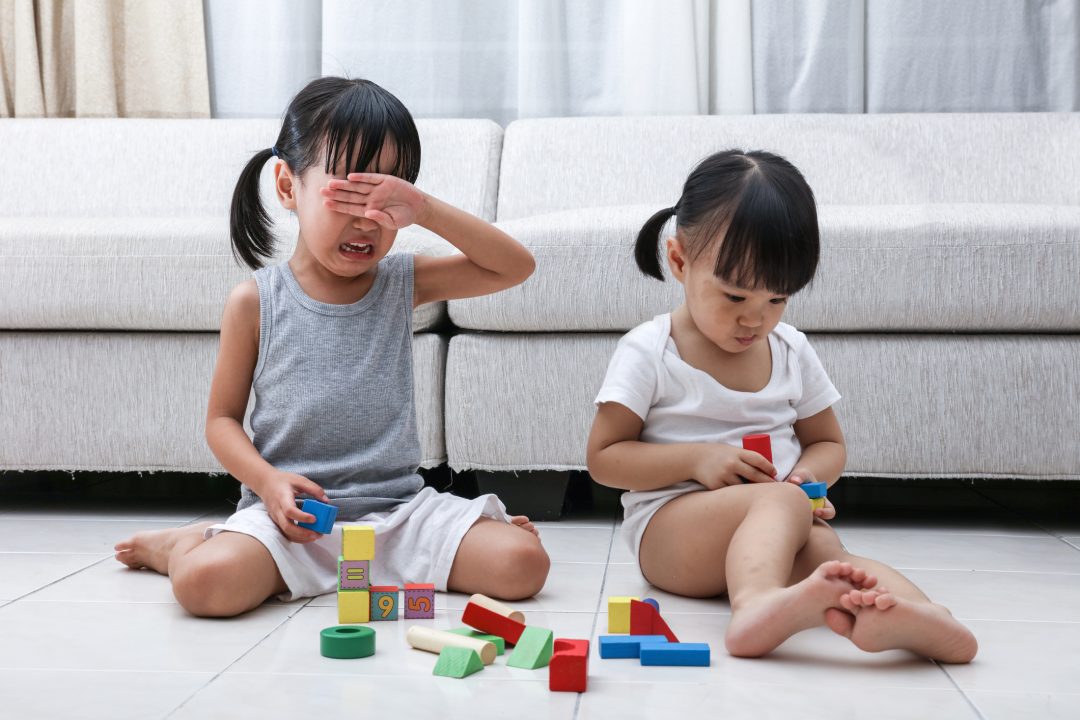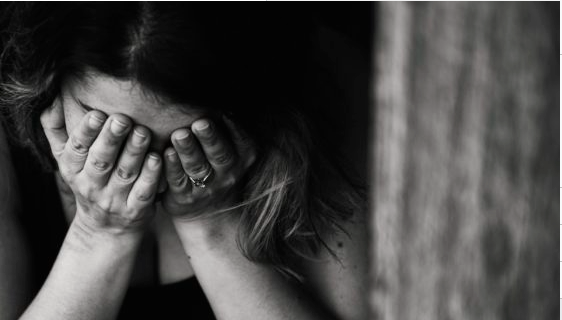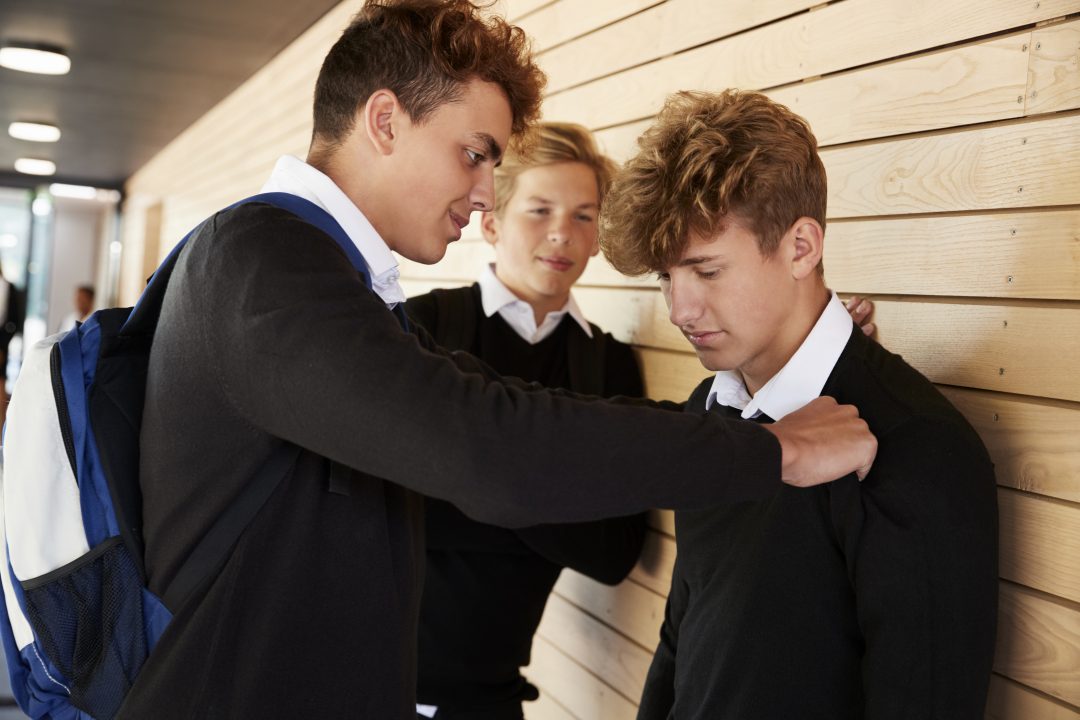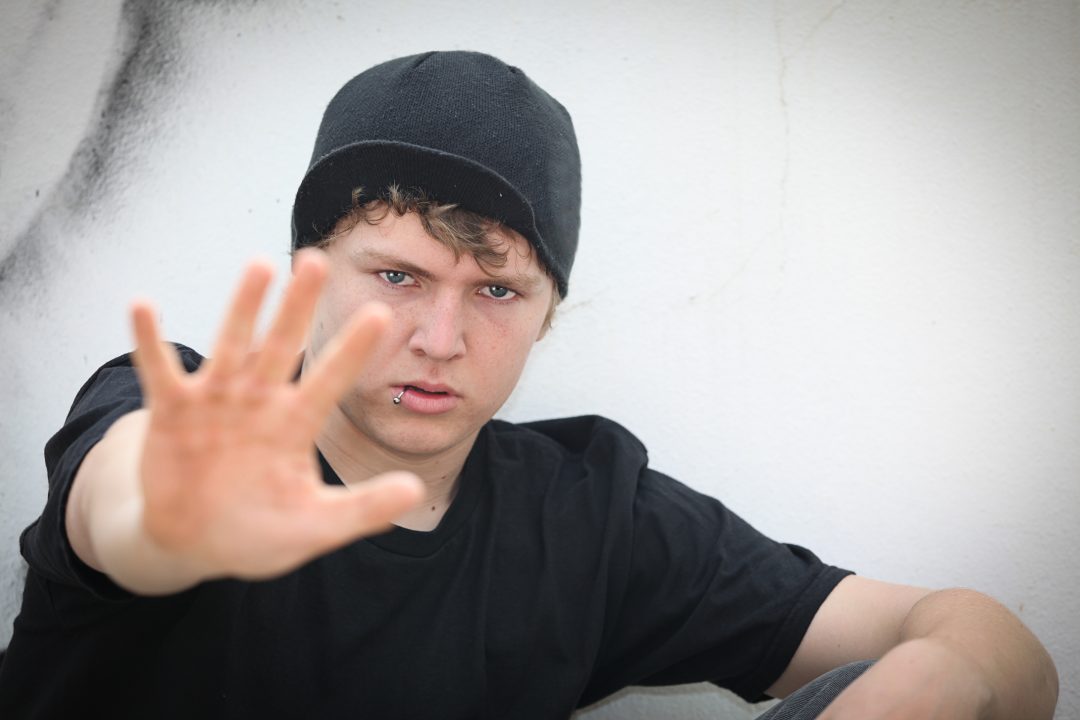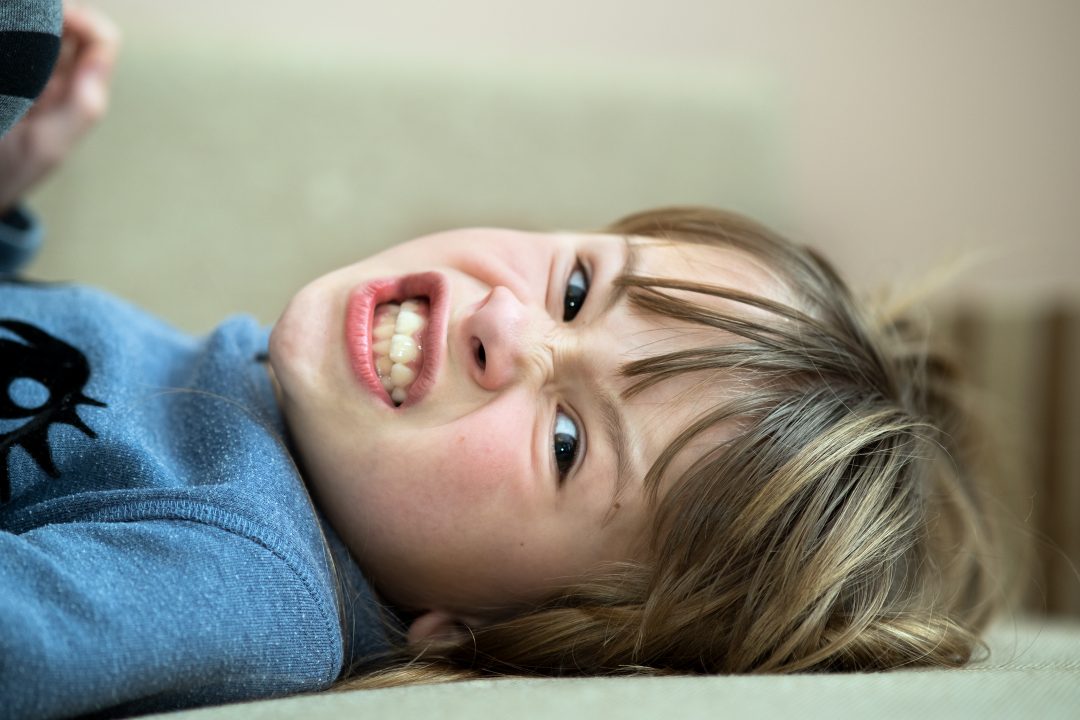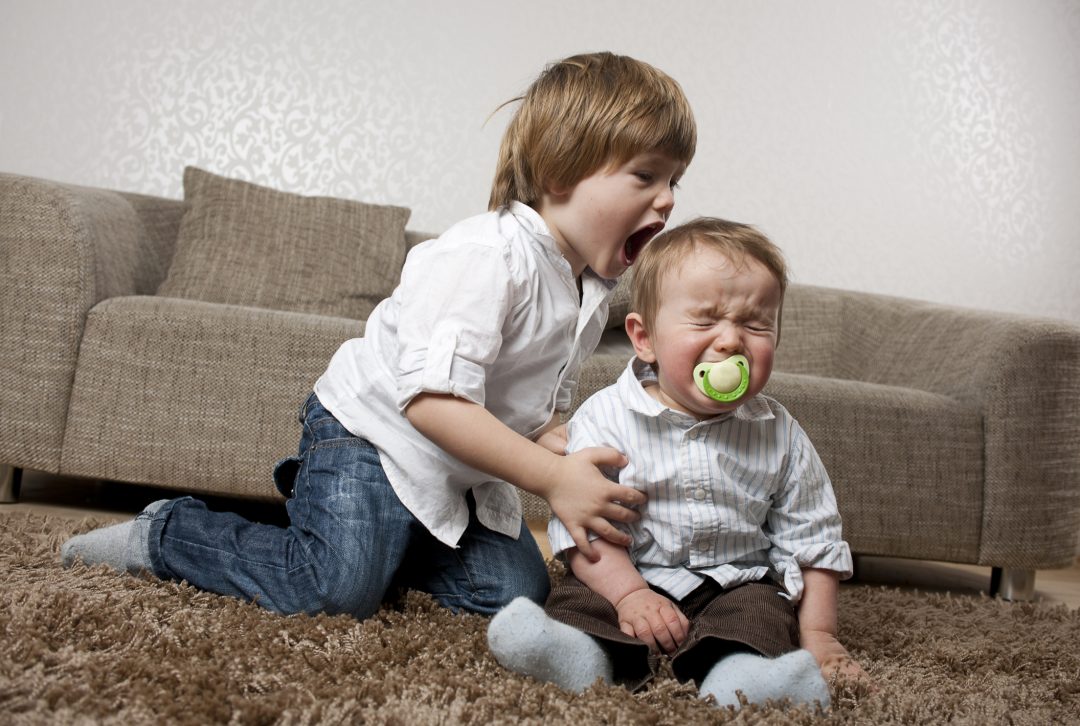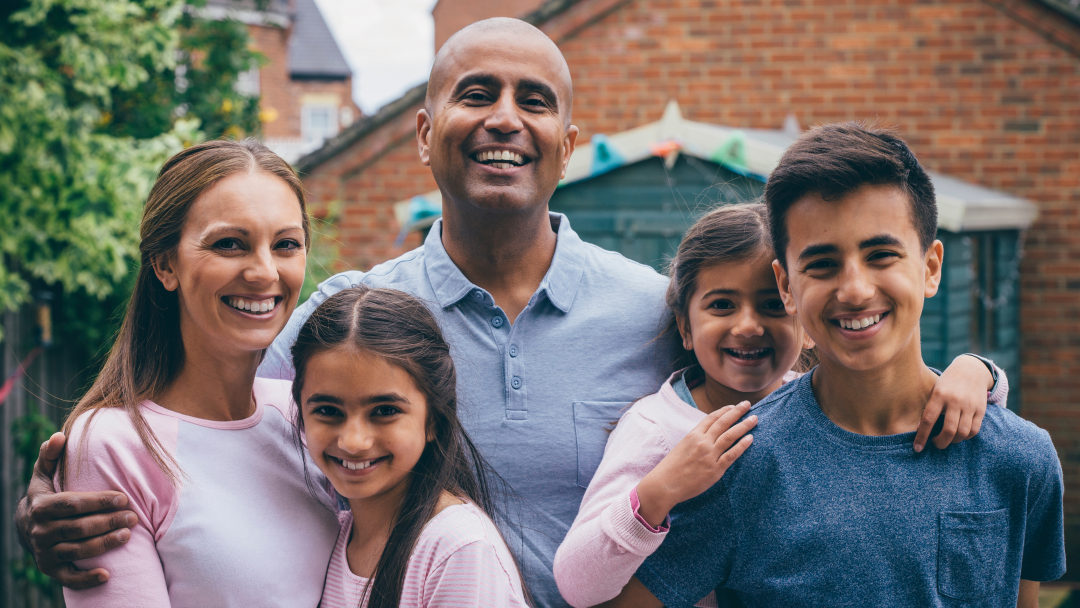Helping Kids Handle Arguments and Conflicts
Categories: General Parenting
7 minute read
Some kids are just more peaceful than others, aren’t they? They’re not meek, necessarily, just not interested in fighting over a toy, winning an argument with a parent or butting heads in a disagreement with a friend. They’re more likely to wander away than whack someone over the head and they’re generally just more compliant by nature.
Apparently.
Then we have the toddlers who say, ‘NO!’ to every request, stamping their tiny feet and shaking their heads stubbornly. There are the kids who are like little lawyers, stating their case for less teeth brushing and more TV, defending their proposal over the dinner table. There are sassy tweens who talk back and are sarcastic and stroppy when they don’t get their way. And then, there are moody teens who sulk and rage, slamming doors and feeling misunderstood. It’s a real picnic.
However, fighting back isn’t always a bad thing. Conflict isn’t always a bad thing. Kids who argue a lot might be more challenging to parent, but a lot of the traits they display and techniques they use will probably stand them in good stead later in life! We want our kids to fight for what they believe in, to stand up against injustice, to defend themselves against wrongdoing and feel confident enough to assert themselves when it counts. But, it can be a rocky road to get there, and ongoing conflict can be traumatic for everyone involved, particularly when it’s serious.
So, how do you help the kids who keep getting into scrapes? How do you parent a child who argues against your authority at every turn? And how do you keep your home relatively peaceful when your offspring seem primed to fight from the moment they wake up? Here’s what the experts say:
Note: Sibling fights are a whole other thing! We’ve written an earlier piece on how to handle that particular beast, and you can check it out here.
See the need behind the behaviour
When there’s conflict occurring and your kid is involved, the best place to start with in figuring out how to respond is to identify what your child is lacking at that time. If there is one message that unites all our parenting experts, it’s this: All behaviour is communication. All behaviour results from underlying needs. If a child has an unmet need, you’ll see it in how they behave. This applies to all kids, at all ages, at all times. So, if they’re feeling fighty, you’ll need to work out what’s behind it to effectively help them move through that behaviour. ‘Form follows feelings,’ says ParentTV Expert Dr Justin Coulson. ‘That is, our children’s behaviour follows the way they’re feeling right now. If they feel great, they’ll behave great.’
So, why aren’t they feeling great? We joke about people being ‘hangry’ but it’s real! Ask yourself, have their physical needs been met? Do they need to burn off some energy? Do they need some connection with a parent? Do they need more sleep? Are you asking them to put down a device that’s been stimulating their brain? Is something going on at school? Even though they may express a certain reason for the conflict, playing detective and digging a little deeper could uncover more to the story and a deeper reason for their feelings.
Understand where they’re at developmentally
For a whole lot of reasons at a whole lot of ages, there are perfectly good reasons why your child might be getting into more arguments than usual, and why it’s perfectly healthy. When they’re toddlers, this will often manifest in hitting, kicking and biting, and the explanation is to do with their brain development, explains ParentTV Expert Maggie Dent, specifically the prefrontal cortex, which is responsible for planning, impulse control and problem solving. ‘Remember that your little one doesn’t have a developed prefrontal cortex yet, so hitting, biting and kicking is very normal in toddler-land, from the time they walk ‘til around 3.5 – 4 years old. When your child’s hitting or biting, they’ve got an overload of cortisol in their brain. If they’ve got an overload of cortisol, it’s because they’re stressed. If they’re stressed, there’s an unmet need (or a few) and they’re just not coping. Rather than shaming or punishing a child for biting, we need to recognise that this is a natural expression of frustration.’ When they don’t have the neural infrastructure to regulate their emotions themselves, we need to help them do it, Maggie says.
This can be difficult when they’re being aggressive, but aggression itself is par for the course, agrees ParentTV Expert Dr Vanessa Lapointe. ‘The expression of aggression is a normal and healthy part of child development. In fact, they have to experience it to become adults who can self-regulate. When children become aggressive, what’s happening is that they’re coming up against an immovable wall, something that won’t flex or change, and they’re too young or too sensitive to problem-solve it at that moment, so they just lash out.’ This aggression can be more pronounced in boys, says another ParentTV Expert, Claire Orange. ‘Our little boys actually need to be doing this sort of rough play. It’s called aggression nurturance. Little boys tend to learn empathy and patterns of being with other people around physicality, movement, dominance and competition, and that’s about their testosterone levels.’
This stage of brain development continues throughout childhood, so it’s normal for kids to have difficulty regulating their emotions even in later primary years. ‘A ten-year-old’s brain is not even halfway towards being fully self-regulated,’ Claire Orange points out. So, even though they may know on an academic level that a fight is wrong or an argument is silly, that doesn’t mean they can stop themselves engaging in it anyway. You’re not out of the woods by the teen years, either. ‘The adolescent brain is undergoing massive changes,’ says ParentTV Expert Dr Karen Young. ‘The first part of the teenager’s brain to develop is the limbic system, which is driven by impulse and instinct. This is responsible for a lot of their behaviour.’ Teen brains can also misinterpret emotions more readily and are geared towards rewards as a focus rather than considering consequences. Sounds like a pretty good recipe for conflict…

Okay. But how do we actually respond when our kids are picking fights?
The answer to this depends on whether the conflict is between you and your child, or between your child and other children. Let’s start with Option A.
When the conflict is between you and your child
- Turn towards them, not away from them
‘The way we respond to children who are being challenging and arguing can have a really big impact on the climate or feel of our family,’ says Dr Justin Coulson. ‘There are two mistakes we tend to make when it comes to this. First, we tend to turn against our kids by getting cranky. We become their enemy and say things like, ‘‘That’s enough, would you just stop it already?’’ Or, we turn away and become dismissive, saying things like, ‘‘Well I’m not going to speak to you if you’re going to be like that.’’
While these responses are understandable and perfectly logical, they usually don’t actually get the results we’re looking for, Dr Coulson explains. The challenge to us as parents is to view these occasions as an opportunity to connect, not an opportunity to distance ourselves from them. To do this, Dr Coulson recommends the following five steps:
- Validate the experience that they’re having and show them that you recognise their perspective is different to ours. Try looking at them with soft eyes, showing your concern and being gentle and calm.
- Explore rather than explode. Even if they’re back chatting or arguing, responding instead of reacting will help keep the situation from blowing up even further.
- Label the emotion. Name it to tame it. Say something like, ‘‘You seem really frustrated. Tell me about that.’’
- Allow them to experience the emotion safely. Tell them to tell you about how they feel and listen when they do, trying to understand.
- Work on solutions and limits together. You could show empathy by saying that you see why they responded the way they did, which is different to saying you agree with it. Then, you can problem solve together, collaborating about how to move forward.
- Hold your boundaries
‘We know that children are actually motivated to please us and do what we ask, when they feel loved,’ says Maggie Dent. ‘Sometimes, kids say no because they want to test us and check that we’ll hold that boundary for them. It’s not always a challenge to your ‘authority’ as a parent.’
Even when they’re pushing against those boundaries and vowing that they’re unjust and unfair, holding the line can actually help them feel safer than if you gave in, ParentTV Expert Susan Stiffelman points out. ‘As a parent, one of the things that’s most important is that we’re lovingly in charge,’ Susan says. ‘I call this being the Captain of the Ship in our childrens’ lives. You’re not looking for control over your child, because that’s not healthy in any relationship. Instead, you want to be calm, confident and in charge. Kids want to know that whatever happens, we can handle it.’
When the conflict is between your child and another child
- Understand that not all conflict is bad
When your kiddo’s getting into arguments with other kids, it’s important to not panic, says ParentTV Expert, Teacher Tom. ‘I would like to see adults being more comfortable with conflict between kids. Obviously, if there’s violent actions, we’d want to put a stop to that, but I think we could allow children to spend more time in their conflicts and give them a couple more rounds than we’re necessarily comfortable with.’ Conflict is a really important part of the learning in play, Teacher Tom points out, and navigating it is a necessary skill for living and interacting with other humans. ‘A lot of kids’ play will involve some bickering over division of resources and negotiating with each other about what to do. As adults, we feel uncomfortable about it because it sounds like fighting but if we let them stay in it, they often work it out themselves.’ Putting a stop to conflict too early robs kids of the opportunity to learn how to resolve it, Teacher Tom says, and the chance to move through it and out the other side.
- Act on it when it crosses the line
If your child is engaging in actual physical fights, it’s important to keep everyone safe but avoid getting angry yourself, says Maggie Dent. ‘We need to protect a child who is being hurt, but we also need to protect the child who is doing the hurting. They can’t stop it at that point in time and they’re probably not even sure while they’re doing it, but there’s always a trigger and they’ll need your help to work out what it was. If your child hurts another child, please don’t let them feel like they’re wrong or they’re bad. They’re actually just not coping and they don’t have a better choice to make at that time.’
This compassionate but firm approach still applies if your child’s behaviour falls into the category of bullying, says ParentTV Expert, Rachel Downie. ‘When you find out your child has bullying behaviours, the first first thing to realise is: It’s not about you, it’s about your child’s behaviour, and a child is not their behaviour.’ It’s what they’re doing, not who they are, in other words. ‘One of the things we say about children who are bullying is that anger is hurt’s bodyguard. They are behaving that way for a reason, so we need to find out what their hurt is, unpack it and get them to own their behaviour. When your child has bullying behaviours, they need one-on-one time, and they need to feel genuinely loved, valued and heard. Help your child unpack how they could actually be hurting or harming someone.’
If you’re worried that your child is being bullied or showing bullying behaviours, Rachel Downie’s videos are an ideal way to learn how to approach the issue. Check them out here. And remember, if sibling stress is your issue, we’ve got you covered here. Go in peace!

